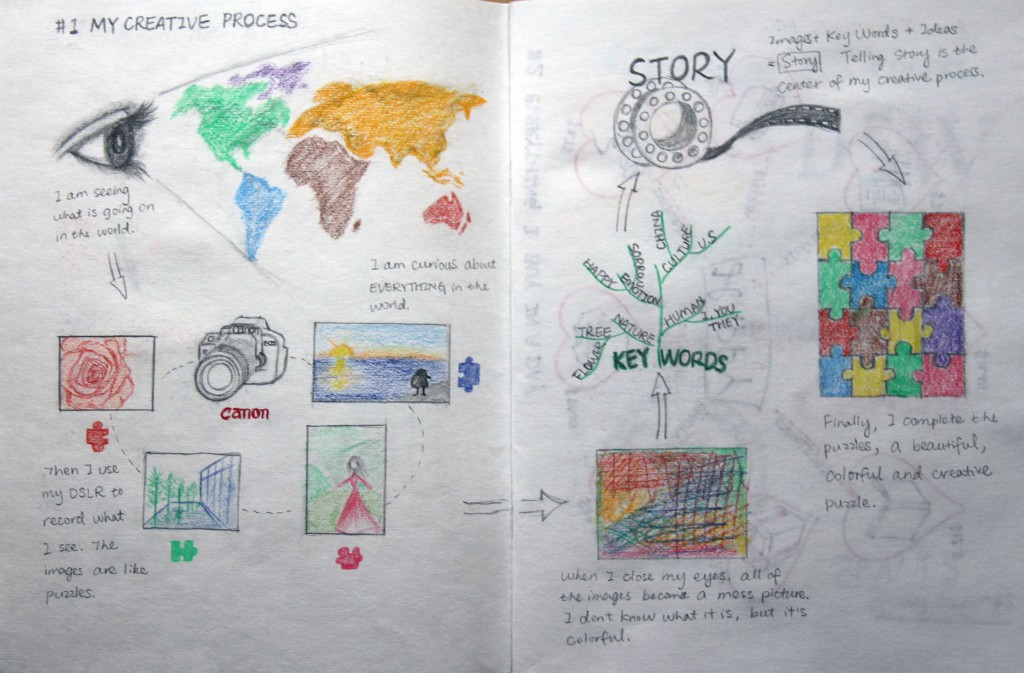Q: How do you define “spirituality”?
A: I think “spirituality” is an individual thing that relates to sociology, philosophy and psychology. One’s spirituality reflects his or her inner thoughts or internal world. Spirituality should include one’s belief, religion and desire. It can be different in many ways. Some people build their spirituality based on the real world such as their families, friends and experiences. Also, some people’s spirituality comes from books. They believe a particular person’s thoughts such as Aristotle or Plato. Therefore, I think “spirituality” does not have a universal meaning.
Q: Does spirituality differ from religion?
A: In my mind, the range of spirituality is boarder than religion. Religion really depends on one’s root in history. And the same religion could bring people together. They have shared beliefs and hopes. Otherwise, religion also has a long history and its own characteristics. But, spirituality might not have a very long history. It can be changed as time goes by. It also does not have any limitations or boundaries.
Q: How do you define “creativity”?
A: “Creativity” is one’s ability to make or create new things or ideas. It can be both instinct and acquired. Creativity should not have limitations. Some people may have talents in art, literature, politics or science. Also, there is no such an exact criterion to evaluate creativity. That is to say, we cannot grade someone’s creativity.
Q: What is the source of creativity?
A: There are many sources of building and improving creativity. We can write a journal from what we see in the world. We can create a lyric after listening to a music concert. We can draw a picture of our dream last night. We can cook a dinner because of a smell. We make a sketch when we visit a museum. In this digital age, people have a lot of ways to be creative. If you are curious about something, you will find your own way to explore it and create new things.
